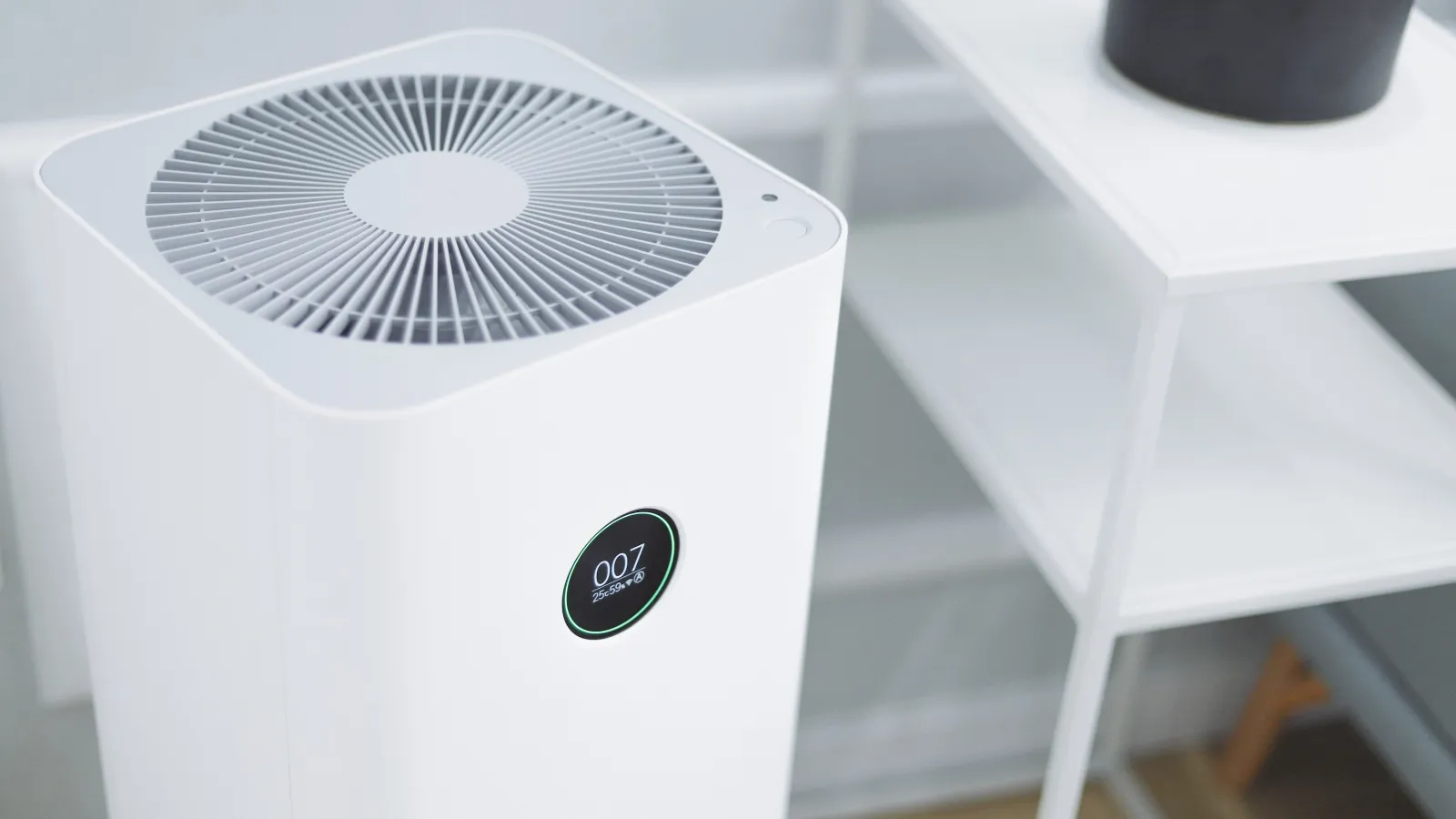What Is Ductless AC?

Definition of Ductless AC
Ductless AC is a type of air conditioning that does not require ducts in order to cool your home. Ductless AC may also be called a ductless mini-split air conditioner, or a mini split air conditioning system.
How Ductless AC Works
Like standard air conditioning units, ductless AC contains standard components, such as:
- outdoor condenser,
- compressor unit, and
- indoor air handling unit.
However, unlike a traditional air conditioning system, a ductless AC does not require the use of ventilation ducts. Therefore, you do not need ducts to distribute cooled air throughout your home.
The indoor and outdoor components are linked by a conduit, which houses various components of the system including the power cable, refrigerant tubing, suction tubing, and a condensate drain. Each condenser/compressor unit can support up to 4 (sometimes more) indoor air handling units.
Ductless AC works similar to heat pump technology, which moves hot air from one location to another. In fact, some even utilize heat pumps if they provide supplemental heating capabilities. They can also be used to dehumidify a certain area, and some models can be used to provide supplemental heating as well.
Benefits of Ductless AC
The pros of ductless AC are numerous. The major advantage of installing a ductless air conditioning system in your home is that it can be retrofitted to buildings that do not have ducted heating systems. This makes them an ideal choice for homes with:
- radiant (hydronic) heat.
- electric baseboard.
- space heaters.
Ductless ACs also provide an ideal solution for areas that require supplemental cooling. For example, small spaces or locations where installing additional ductwork might not be convenient are great for ductless ACs.
Their compact size and ease of installation also make them a favorite among homeowners looking to add air conditioning to their home. Ductless AC is also more energy-efficient than its traditional counterpart -- with duct losses accounting for more than 30% of energy consumption! This type of energy loss is nearly eliminated in a ductless AC system.
Because each indoor air handling unit is self-contained within the system, it also contains its own thermostat. This makes temperature control throughout the home fully customizable, helping to save on energy costs while keeping you comfortable. You can cool certain zones or rooms as needed, depending on your needs.
Indoor air handling units offer a variety of installation options, such as:
- mounted on the wall.
- suspended from the ceiling.
- stable floor models.
Disadvantages of Ductless AC
One of the main cons of ductless air conditioning systems is the upfront costs. They typically run about twice the upfront cost of a window unit, and approximately 30% more than standard central air conditioners. Due to the fact that they are still relatively uncommon, and the specialized skillset necessary for installation and maintenance, not all HVAC technicians have the qualifications needed to install ductless AC systems.
Their design might also not be appealing to those who enjoy the seamless appearance of a central system. While not as obvious or even as loud as a window box air conditioner, the indoor unit is not inconspicuous, and the outdoor compressor/condenser requires a drainage area and will need regular maintenance.
How to Choose a Ductless AC
There are several considerations that should be top of mind when it comes to selecting the best ductless AC for your home’s needs.
First, you’ll want to ensure the unit has the cooling capacity necessary for your home. Plan for 20 BTUs for every square foot of living space. For reference factors such as ceiling height, window size, and number of inhabitants impact the amount of required BTUs. Determine how many indoor units you’ll require and power required for the outdoor component. Will you be cooling a single or multiple zones? Ensure each indoor handling unit has the necessary BTUs to comfortably cool your space.
Decide on appropriate installation spots, and ensure there is adequate space for drainage of the condensing tube. Ensure the indoor units can be installed where desired.
Cost of Ductless AC
According to the US Department of Energy, a ductless AC system costs approximately $1,500 to $2,000 per ton (12,000 BTU per hour) of cooling capacity. Depending on your home’s size and cooling needs, location, and even local climate, this can affect both the upfront installation costs and long-term operating costs, respectively. The bigger the compressor unit, and the number of indoor air handling units required, will increase costs accordingly.
Installing Ductless AC
If you’re looking to install ductless AC in your home, it is doable but it can be a messy, painstaking, and time-consuming task. For these reasons, professional installation is strongly recommended, as the process requires special coolants and electrical wiring. Your best bet is to contact your local trusted HVAC technician who will be best able to assess your home’s needs and recommend the most appropriate and comprehensive solution to fit your budget.

